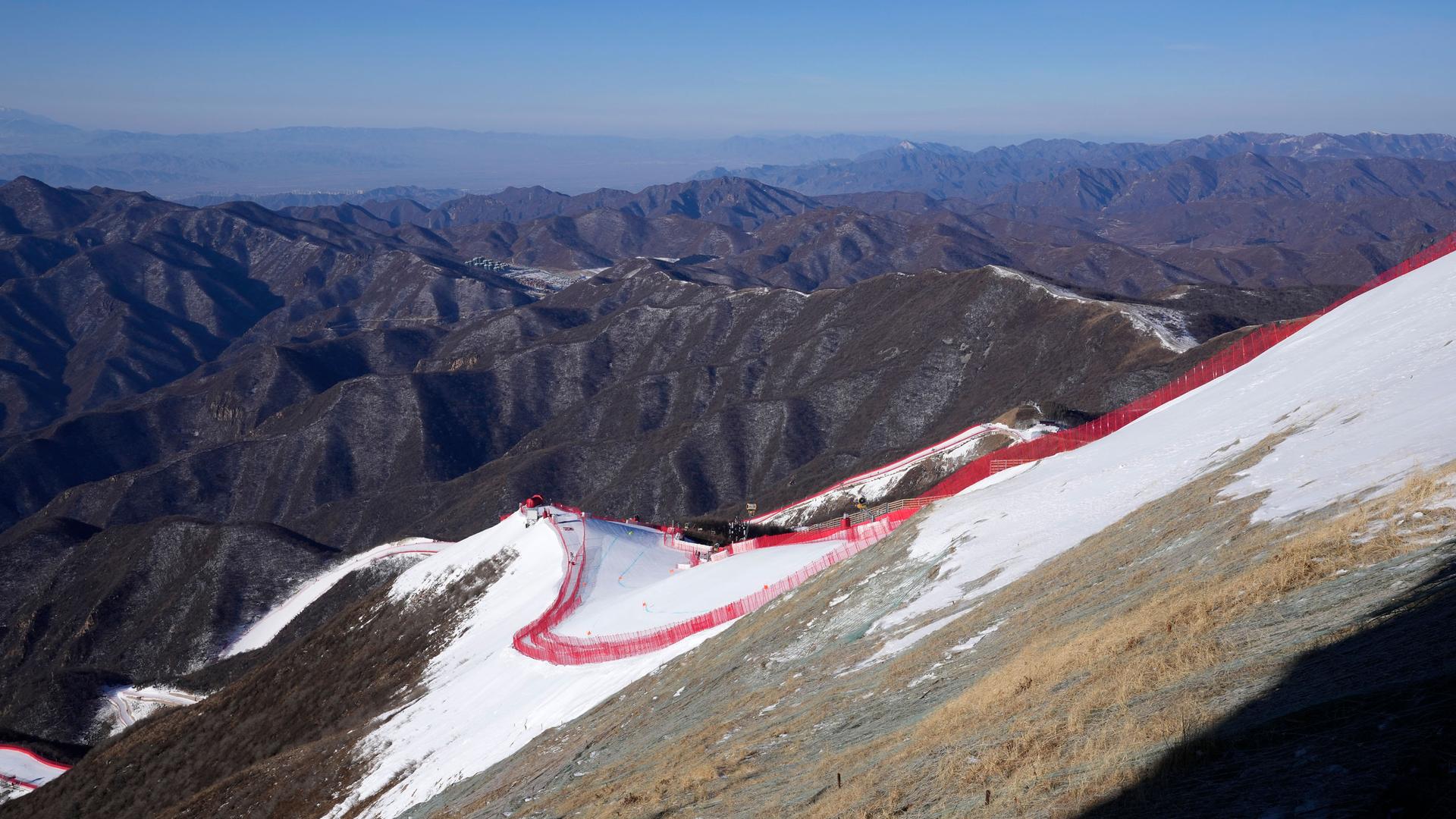People are creatures of geography. From the moment we are born into the world, the shape of the land that surrounds us guides, to greater and lesser degrees, who we meet, what resources we have available, and what our baseline relation is to people nearby who we have yet to meet. This, also, is true for states.
In “The Fractured-Land Hypothesis,” authors Jesús Fernández-Villaverde, Mark Koyama, Youhong Lin, and Tuan-Hwee Sng specifically look at the way various geographies have guided state formation. The researchers start with a spectrum set out between the many medium-sized states of Europe, and the tendency toward a unified central state in China, though these are more anchoring points for the research than a binary set of possibilities.
The fractured land hypothesis, the authors note, was largely popularized by author and ornithologist-by-training Jared Diamond. Diamond’s specific arguments have been roundly critiqued; just as one example, agrarian China is at higher elevation and more mountainous than agrarian Europe. In order to test if it is not the overall terrain itself but obstacles between productive regions that matter most, the researchers divided the populated continents (all but Antarctica) into 65,641 regions, each with a radius of 28 kilometers.
“This radius corresponds to the distance a healthy adult travels by foot per day on flat terrain. As a result, a 28-km hexagon roughly represents the surface that the simplest polities can monitor and defend with rudimentary Bronze Age technologies,” the authors write, allowing them to place a human context within usable geographic limits.
The authors then calculated a range of variables, such as change in elevation over a hexagon and temperature extremes. On top of this model is then added a model of the highest possible caloric yield from available agriculture within a cell. With the world modeled, the researchers then let statelets engage in competition. Over time, the simulation creates a map that, while not mapping exactly to the flow of history, consolidates states on the scale and limits familiarity to how we understand the past.
It “is insufficient to compare average levels of ruggedness between China and Europe. Instead, what matters is the distribution of mountains and other geographical obstacles. While China is, indeed, more rugged than Europe, the location of geographical barriers promoted faster political unification in China,” the authors write.
“Take away topography, and we continue to observe more rapid unification in China. Only removing both geographical barriers and land productivity ensures that China and Europe unify at a comparable pace.”
The authors go into detail highlighting its limits in modeling both African and American state formation, where finer calibration or different methods are needed to spark state consolidation where it actually happened. Getting to model the whole of the world, and not just parts of it, will take time and effort to incorporate other variables, like military or agricultural technology, state capacity, epidemic diseases, climate change, migration, and even cultural attitudes toward statehood or religion.
Ultimately, the authors note, the model developed was able to reproduce the two variants in state consolidation theorized at the start. For now, the model can simulate some fractured lands. It remains to be seen if more accurately modeling the rest of the world will allow the same rules to produce the initial hypothesized results.
